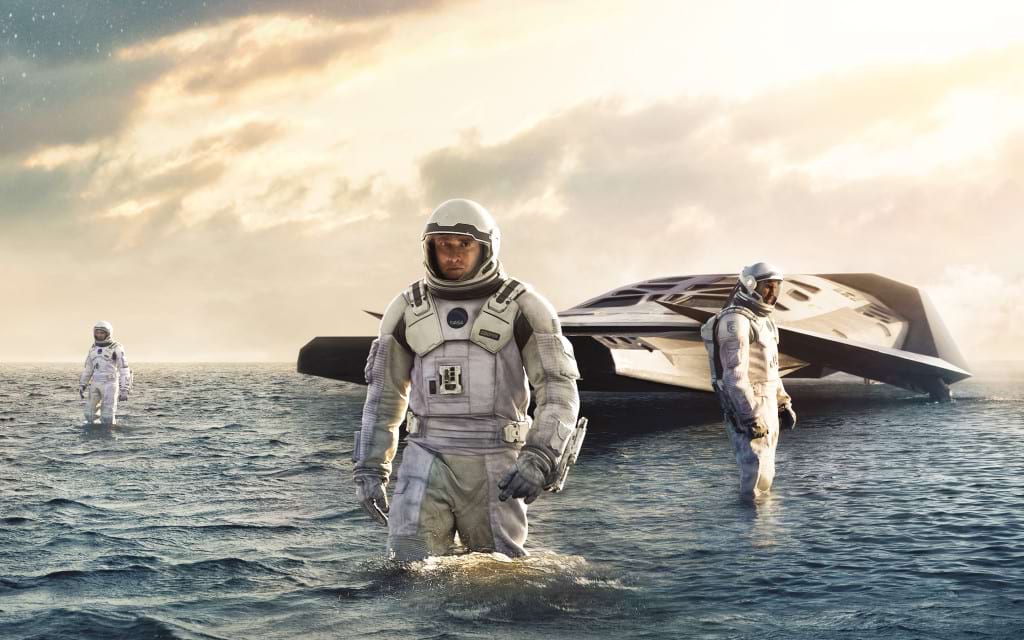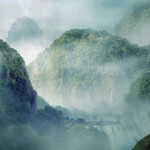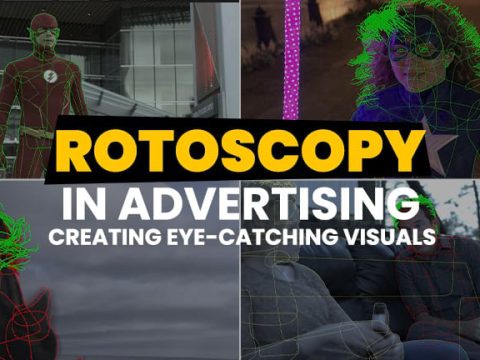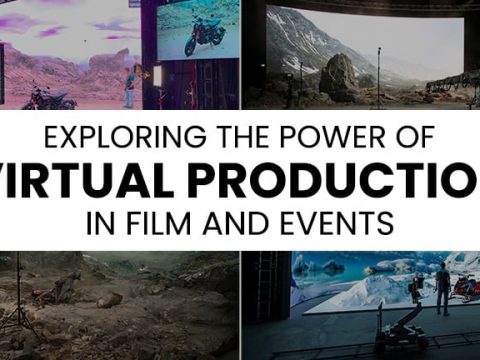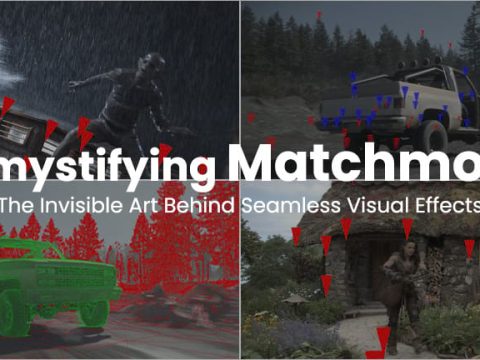
The Visual Effects in Interstellar that Lead to a Scientific Discovery
December 11, 2014Animated Christmas Movies that you must watch again this New Year Season
December 29, 2014It isn’t the fact that the visual effects was good, it is the fact that it felt so real that made the movie great.
To explain this statement, we take a short detour into the visual effects that were created for the movie. The story based on the life on a more dystopian earth which is about to see the end of mankind due to the failure of all crops. The leading man Mathew McConaughey and his crew are hired for one last trip into space to locate a planet with living conditions that the human population could survive on. But the humans don’t even have the technology to meet the speed needed to get there in time, forget travelling faster than that! That is where the wormhole and black hole came into the picture. They had to depend on a black hole they dubbed the Gargantua to sling shot them that far through a wormhole. We all know that a black hole is caused by a dying star when the matter is squeezed so much that the gravity created around it is too strong even for light to escape. A wormhole also known as the Einstein-Rosen Bridge is a funnel with two black holes as its mouth. The first step to realism was the effort that was put into creating these natural phenomena. Let us first talk what made them different from anything that was done till date!
The visual effects created for Interstellar
Wormhole:
Creating the wormhole was the first step they took towards the making the visual effects realistic. And the first challenge they faced. Rendering software’s function under the assumption that light travels in a straight line. But that is not how it works in a wormhole. The question they were left with was how does it behave? To solve this trouble, Kip Thorne the genius behind the science in the movie, was asked to give a set equations that would define the real physics. Using these equations, the team prepared a new rendering software that would create the wormhole. The result as we see was spectacular!
Black hole:
Finding courage in their success in building the wormhole, the team tried the same approach for building the back hole Gargantua which spins with the speed of light. And the second major trouble reared its head. How does a software that works on the principle of light travelling in straight lines create a phenomenon that is known to eat light and never spit it back out? For this again, another set of guiding equations was needed to create the brand new rendering software was programmed. Nolan thought of selling the idea that black holes were spherical, but the result they got was a disk. Not only did it turn out as a disk, it also showed that the accretion disk due to the wrapping around the black hole instead of being flat turned into an extraordinary halo! Of course they went with that too, realism being the target.
Time dilation:
When travelling that large a distance in space generating so much energy, it is obvious that there will be a time dilation, right? What seems like minutes to the crew are actually years on earth. Most science fiction movies tend to forget this fact. But not Interstellar!
What made the difference?
The science is sound. We know that was the reason Chris Nolan spent so much time with Kip Thorne, to make the visual effects look as close to real as possible. But that wasn’t the only reason why the movie seemed so realistic. The credit also lies with the fact that Chris Nolan may just be averse to the use of green screen. Unlike most other movies where the visual effects is created and added after the movie is made, most of the visual effects for this movie was made beforehand. During the shooting, they built a large screen on which the visual effects was projected using a projector much like the ones in the theatres today. Only they had to mount it on a crane. What the actors saw was not a blank a screen but the actual back drop of where they were in the movie. In certain scenes of the movie, Chris also uses hand held cameras to create a more realistic feel of actually being there. The result was not just that it felt like you were actually there but the situation seemed so much more real to the actors making their reactions real too!
Is “Interstellar” a True Story?
“Interstellar” is not a true story. It is a science fiction film directed by Christopher Nolan, released in 2014. While the movie incorporates scientific concepts and theories, it is a work of fiction and does not depict real events.
However, “Interstellar” is renowned for its stunning visuals and special effects, which contributed to its immersive cinematic experience. The film employed a combination of practical effects, computer-generated imagery (CGI), and intricate visual effects to bring its otherworldly settings and concepts to life.
The special effects in “Interstellar” were meticulously crafted to create a realistic depiction of space travel, wormholes, black holes, and other cosmic phenomena. The visual effects team utilized advanced CGI techniques and simulations to generate the breathtaking imagery seen throughout the film.
The collaboration between director Christopher Nolan, cinematographer Hoyte van Hoytema, and the visual effects team resulted in visually striking sequences that showcased the vastness of space and the awe-inspiring wonders of the universe.
It is worth noting that while the visual effects in “Interstellar” were highly praised, the film also aimed to maintain scientific accuracy wherever possible. The production team consulted with renowned physicist Kip Thorne, who served as a scientific advisor, to ensure that the visuals and concepts remained grounded in scientific plausibility.
That is why this movie went beyond looking real to actually feeling real.

Anoop Chaphekar
A Fine Arts Graduate, Anoop brings 20+ yrs experience in the VFX and Animation industry. He brings his expertise in Animation-VFX for Television Commercials to Visual Effects for feature films, TV and Web series.

